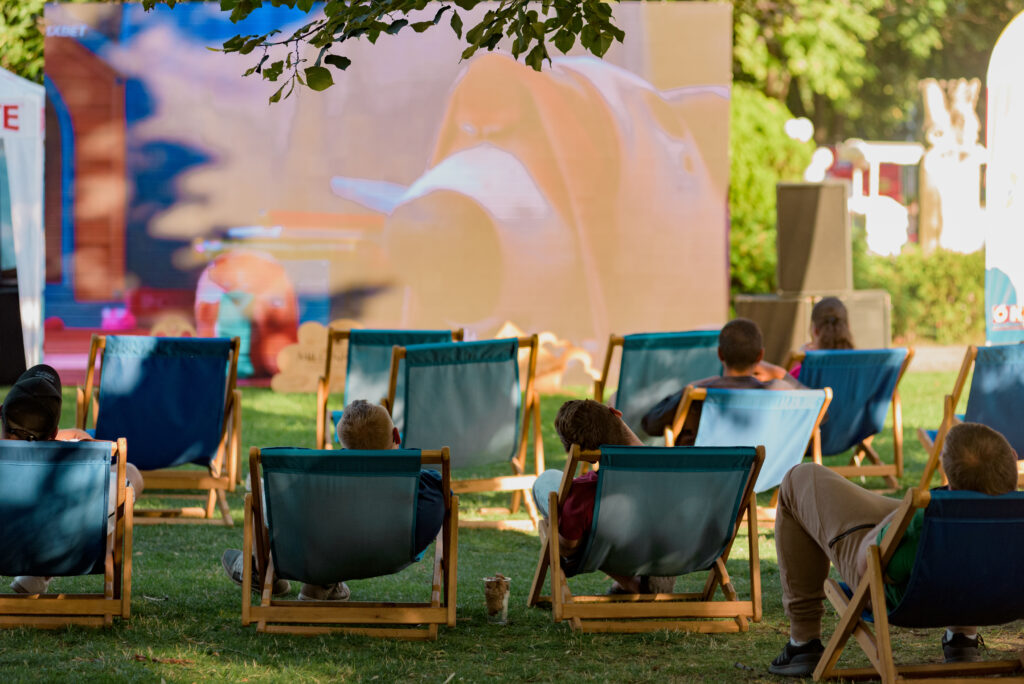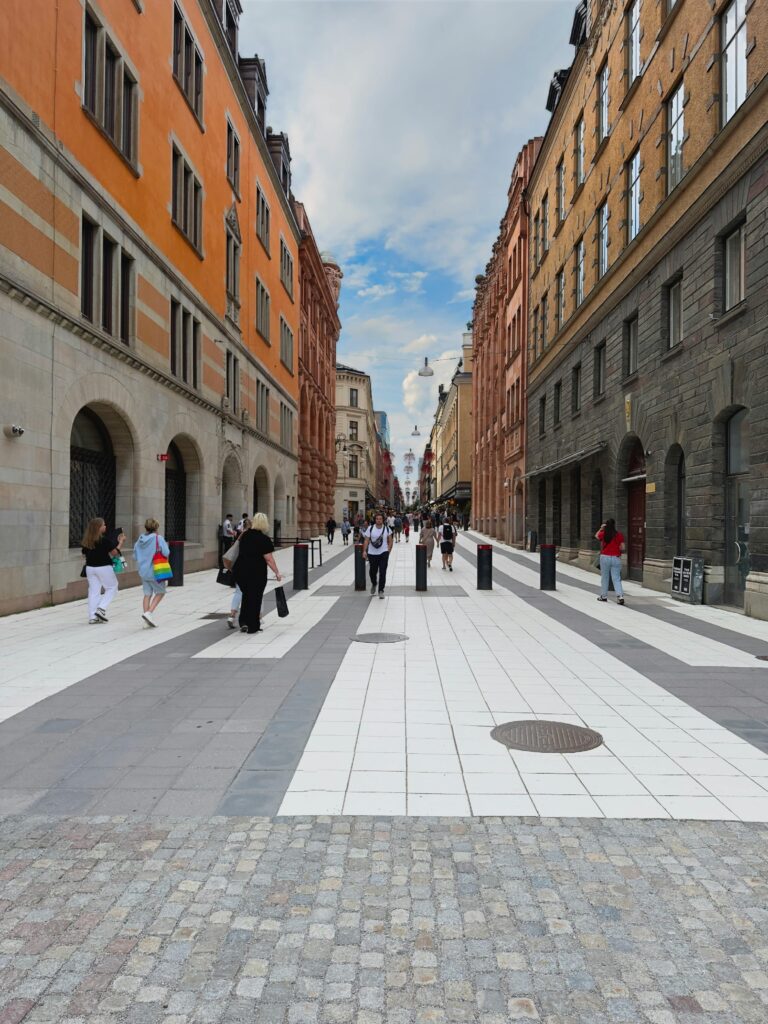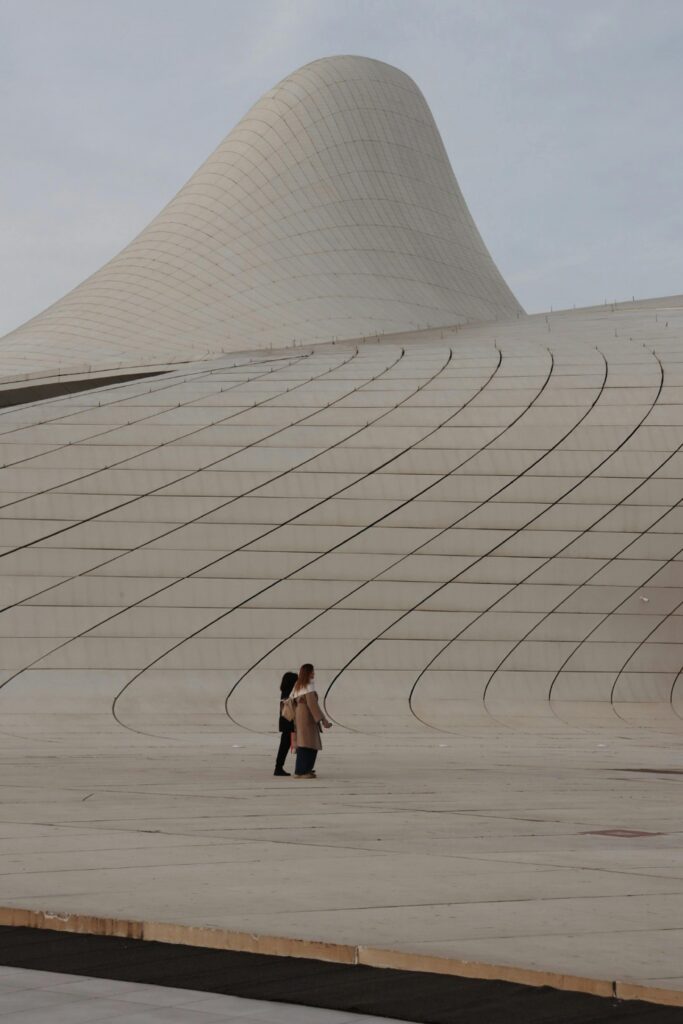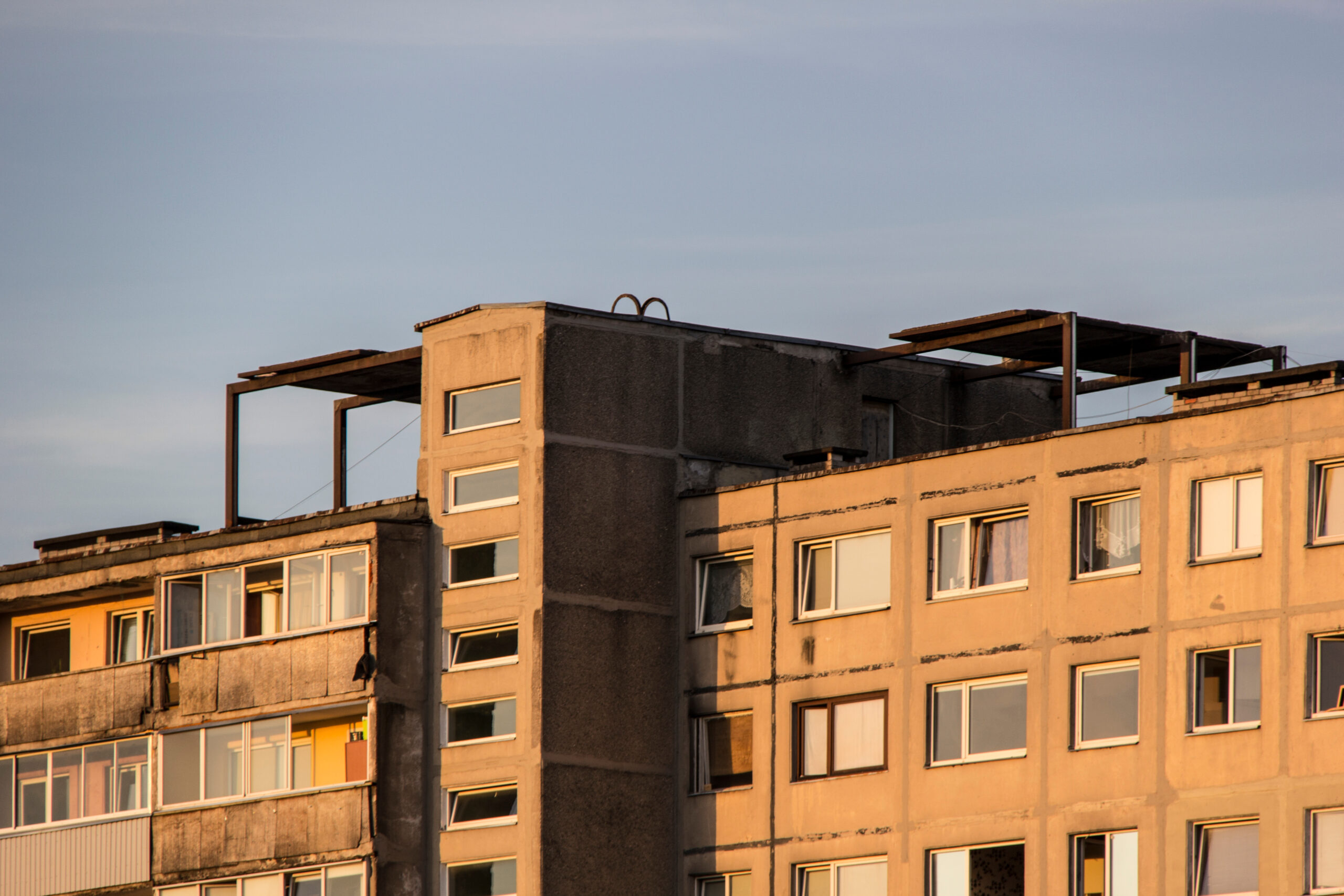Whether it’s a bustling urban square, a serene park, or a lively marketplace, public spaces are essential for promoting community engagement and civic pride.
The concept of public spaces has evolved over thousands of years, adapting to the needs and values of different societies. From the open forums of ancient cities to the sprawling parks of modern metropolises, the design and use of these spaces have reflected changing urban landscapes, social structures, and cultural priorities. Public spaces have always been about more than just physical design; they have been at the heart of civic life, facilitating everything from commerce to politics to social exchange.
Public spaces are vital for the well-being of communities. They encourage social interaction, offer spaces for relaxation, and promote physical and mental health. They also play a critical role in shaping the identity of a city or region, acting as symbols of cultural heritage and civic pride. Furthermore, public spaces foster inclusivity, providing everyone, regardless of their socio-economic status, with access to vital resources like nature, art, and community services.
- The role of public spaces in ancient and medieval societies
- Renaissance and baroque public spaces
- The industrial revolution and the birth of modern public spaces
- The 20th century: Modernism, functionalism, and the rise of social urban planning
- Contemporary public spaces: Trends and innovations
- Challenges and future directions
- Conclusion
The role of public spaces in ancient and medieval societies
In ancient Greece, public spaces were integral to civic life and democracy. The Agora, an open marketplace and meeting place, was the center of Athenian political, social, and commercial activity. Similarly, the Roman Forum served as the heart of political and civic life in ancient Rome. These open spaces were designed for public debates, religious rituals, and the exchange of goods and ideas. The spaces were more than just functional; they were symbolic of the democratic ideals of engagement, public discourse, and the collective good.
Roman public spaces often had grand, monumental designs to reflect the power and unity of the empire. Roman baths and public theaters became gathering spots for the citizens to socialize, relax, and enjoy leisure activities. The concept of these open, communal areas influenced the development of future public spaces, laying the groundwork for the idea of public life in urban environments.
In medieval Europe, public spaces evolved into marketplaces and town squares, which were essential for local commerce and social interactions. During this period, public spaces often took on dual roles as sites for both trade and civic gatherings. These spaces were typically located at the center of towns, often surrounded by important civic and religious buildings. Marketplaces and town squares were places of economic exchange and also locations for public celebrations, executions, and announcements.
The layout of medieval public spaces was often influenced by the need for defense, with towns designed around walls and gates. Yet, despite the functional limitations, these spaces were central to community life, and their social importance was significant as they provided venues for gatherings and the dissemination of news.
Renaissance and baroque public spaces
During the Renaissance, public spaces became more carefully designed, reflecting the ideals of order, symmetry, and beauty. The rise of humanism and the return to classical principles of design and architecture influenced the way cities and public spaces were planned. In cities like Florence and Rome, piazzas (public squares) were redesigned to create a sense of balance and harmony. One notable example is the Piazza del Popolo in Rome, where the design emphasized symmetry and the interaction between architecture and open space.
Renaissance public spaces were often used for civic purposes, but they were also spaces for cultural expression. These spaces frequently included sculptures, fountains, and arcades, which not only enhanced the aesthetic appeal but also reflected the philosophical and cultural values of the time. The careful integration of space, architecture, and sculpture helped define the social and political order of the time.
The Baroque period brought a new level of drama and grandeur to public space design. Inspired by the Catholic Church’s desire to demonstrate power and authority, Baroque public spaces became more theatrical, with an emphasis on emotional impact and visual spectacle. Architects like Gian Lorenzo Bernini designed vast, open squares such as St. Peter’s Square in Vatican City, where the scale and symmetry were meant to awe and inspire.
Baroque public spaces often featured sweeping, monumental designs and were carefully choreographed to create a sense of movement and procession. The goal was to evoke a feeling of power, divine order, and control, which aligned with the political and religious ambitions of the time. These designs made use of dramatic lighting, expansive vistas, and grandiose structures to engage the viewer and convey the message of the state or the church.
The industrial revolution and the birth of modern public spaces

The rapid urbanization of the 19th century, driven by the Industrial Revolution, led to the creation of new public spaces designed to improve the quality of life in growing cities. As populations swelled and cities became more crowded, there was a pressing need for public spaces that could provide relief from the cramped, polluted environments of industrial areas. Parks and boulevards became vital urban spaces, offering people a place to relax and escape the harsh realities of industrial life.
The Garden City Movement, spearheaded by urban planner Ebenezer Howard, proposed a new kind of urban design where green spaces and nature were integrated into the city’s fabric. This movement influenced the design of modern public parks and garden suburbs, aiming to combine the best aspects of urban living with the peacefulness of rural environments. These public spaces emphasized health, community, and a better quality of life, serving as essential parts of urban planning that could accommodate the increasing demand for living spaces.
The 20th century: Modernism, functionalism, and the rise of social urban planning
The early 20th century saw a shift in the design of public spaces with the advent of modernism. Architects and urban planners began to prioritize functionality and efficiency over ornamentation. Modernist public spaces, such as those designed by Le Corbusier, focused on openness, clean lines, and practical design. Public spaces like Parc des Buttes-Chaumont in Paris, while maintaining green space, began to incorporate modernist ideas, such as more organized layouts and efficient use of urban land.
During the 20th century, the concept of public space began to evolve into a form of social infrastructure. Planners realized that public spaces played an important role in fostering community interaction, accessibility, and social inclusion. The creation of parks, squares, and pedestrian-friendly zones became a priority in many cities to improve the quality of life for citizens. These spaces were designed not only to serve as aesthetic features but also as essential spaces for social engagement, recreation, and cultural activities.
Contemporary public spaces: Trends and innovations
In the late 20th century, postmodernism introduced a shift in the way public spaces were designed. The focus shifted towards placemaking, where public spaces were designed to reflect the local culture, history, and identity of the community. Rather than adhering strictly to formal design principles, placemaking emphasized creating spaces that were vibrant, interactive, and reflective of the people who used them. Public art, murals, and community-driven design projects became prominent features of urban spaces.
The advent of digital technologies has had a significant impact on public spaces. In smart cities, technology is integrated into public spaces to improve accessibility and convenience. Wi-Fi hotspots, smart benches, and interactive digital displays are examples of how technology is shaping modern urban landscapes. These digital elements make public spaces more functional and accessible, while also providing users with real-time information and services.
In contemporary design, there is an increasing emphasis on green urbanism and the sustainability of public spaces. Urban parks, green roofs, and eco-friendly infrastructures are becoming integral to the design of public areas. These green spaces not only improve the aesthetics of cities but also provide environmental benefits, such as reducing urban heat islands and improving air quality. Sustainability has become a key factor in designing public spaces that promote ecological well-being and climate resilience.


Challenges and future directions
Privatization of Public Spaces
In recent years, many public spaces have been privatized, meaning they are owned and controlled by private entities rather than the public. This trend has raised concerns about accessibility, as privatized spaces may impose restrictions on use, limit access to certain groups, or prioritize commercial interests over community needs. The challenge is to balance the privatization of public spaces with the need to ensure that these spaces remain inclusive and accessible to all members of society.
Equity and Inclusivity
A key challenge for public spaces today is ensuring that they are accessible and inclusive for all members of society, regardless of age, income, ability, or background. As cities grow, public spaces must be designed to serve diverse populations, offering equal opportunities for social interaction and access to resources. Urban planners must address the needs of marginalized communities, ensuring that public spaces promote social equity and inclusivity.
The Future of Public Spaces in Post-Pandemic Urban Life
The COVID-19 pandemic has changed how we perceive and use public spaces. Social distancing, hygiene concerns, and the need for safer environments have led to new approaches in public space design. Open-air spaces, outdoor seating areas, and pedestrian-only zones are becoming more common as cities adapt to new health guidelines. The future of public spaces will likely see an increased focus on flexibility, adaptability, and health-conscious design, with spaces that can quickly respond to changing public health needs.
Conclusion
The evolution of public spaces has mirrored societal changes, from ancient forums to modern green parks. These spaces have transformed from functional, civic areas to multifunctional spaces that cater to diverse needs, from recreation to social interaction and cultural expression. Public spaces continue to evolve, incorporating sustainability, digital technology, and placemaking to better serve the needs of urban populations.
Public spaces remain at the heart of urban life, playing a crucial role in fostering community and inclusivity. They not only enhance the aesthetic appeal of a city but also contribute to the social fabric, providing venues for interaction, relaxation, and civic engagement. As cities continue to grow and evolve, public spaces will remain a vital component of urban design.
The future of public spaces looks promising, with a strong focus on sustainability, technology, and inclusivity. As cities adapt to changing demographics and environmental challenges, public spaces will continue to evolve, providing communities with the essential resources they need to thrive. With thoughtful design, public spaces will continue to be a vital part of our cities, enhancing the quality of life for generations to come.








